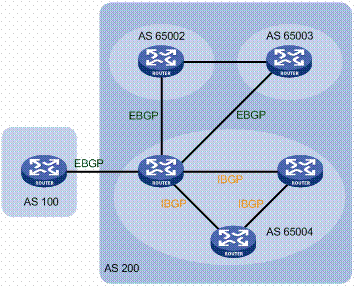We perform the first analysis of methodologies for launching DNS cache poisoning: manipulation at the IP layer, hijack of the inter-domain routing and probing open ports via side channels. We evaluate these methodologies against DNS resolvers in the Internet and compare them with respect to effectiveness, applicability and stealth. Our study shows that DNS cache poisoning is a practical and pervasive threat. We then demonstrate cross-layer attacks that leverage DNS cache poisoning for attacking popular systems, ranging from security mechanisms, such as RPKI, to applications, such as VoIP. In addition to more traditional adversarial goals, most notably impersonation and Denial of Service, we show for the first time that DNS cache poisoning can even enable adversaries to bypass cryptographic defences: we demonstrate how DNS cache poisoning can facilitate BGP prefix hijacking of networks protected with RPKI even when all the other networks apply route origin validation to filter invalid BGP announcements. Our study shows that DNS plays a much more central role in the Internet security than previously assumed. We recommend mitigations for securing the applications and for preventing cache poisoning.
翻译:我们首先分析了发射DNS缓冲中毒的方法:在IP层进行操纵、劫持内部路径和通过侧渠道探测开放港口。我们评估了这些方法,对互联网上的DNS解决者进行了评估,并在有效性、可适用性和隐形方面进行了比较。我们的研究显示,DNS缓冲中毒是一种实际和普遍的威胁。然后我们展示了交叉攻击,利用DNS缓冲中毒袭击大众系统,从安全机制(如RPKI)到应用(如VoIP)等安全机制。除了更传统的对抗性目标(特别是冒用和拒绝服务)之外,我们第一次表明DNS缓冲中毒甚至能够让对手绕过加密防御:我们证明DNS缓冲中毒如何有助于BGP前置受RPKI保护的网络被劫持,即使所有其他网络都应用路线源验证来过滤无效的BGP公告。我们的研究显示,DNS在互联网安全方面发挥着比先前设想的要重要得多的作用。我们建议减轻影响,以确保应用程序的安全,并防止缓冲中毒。




